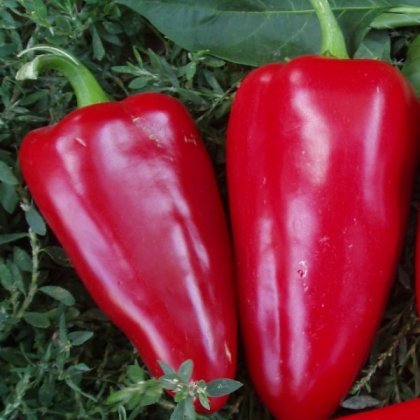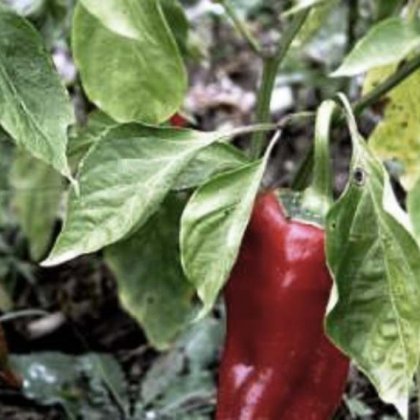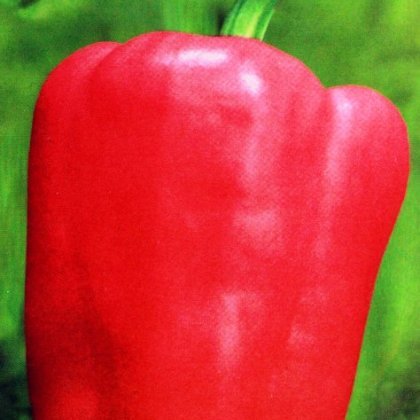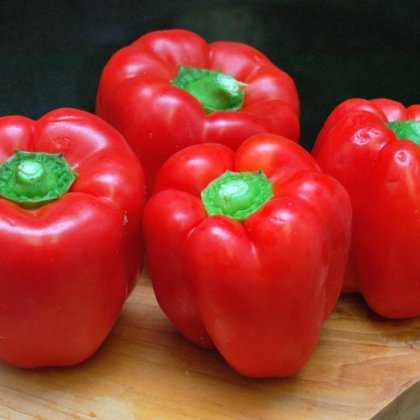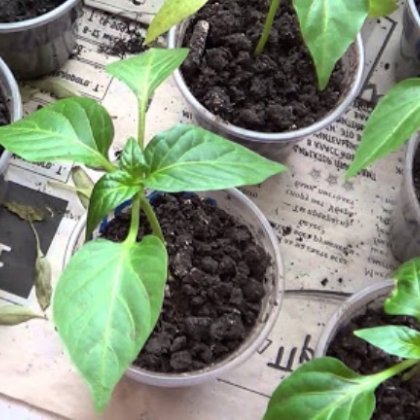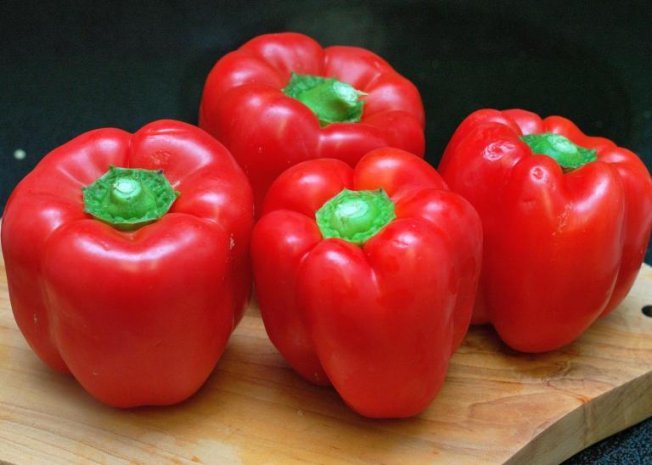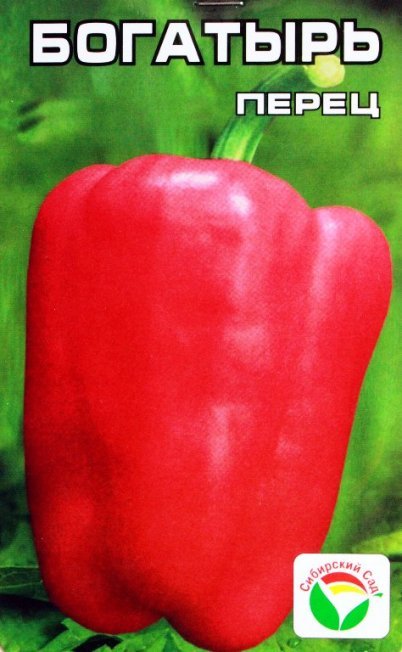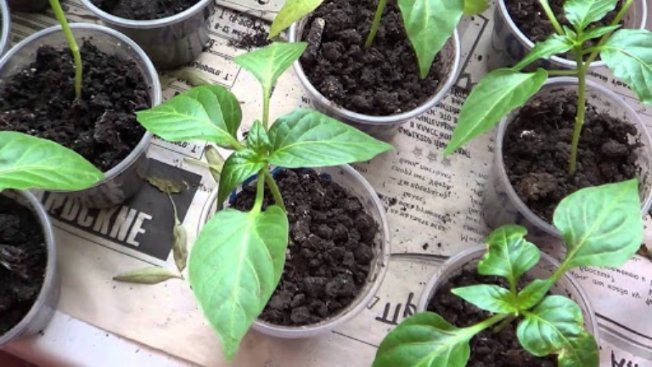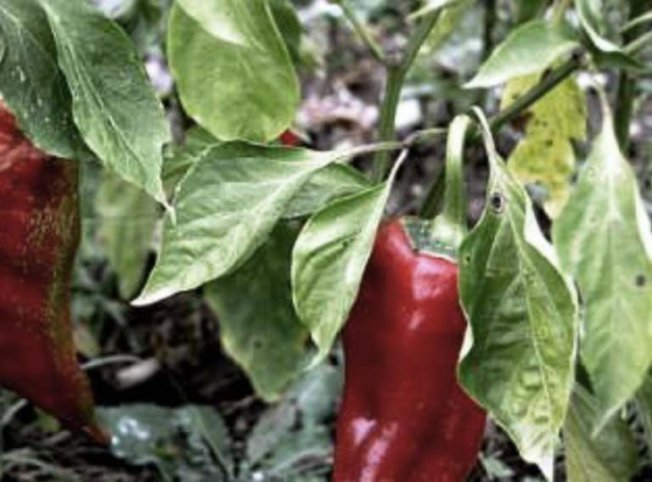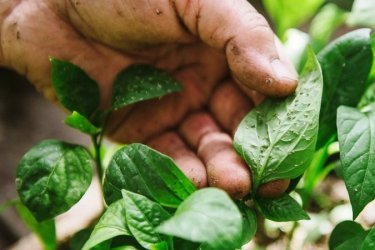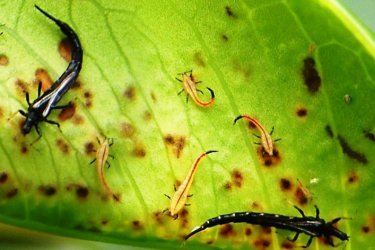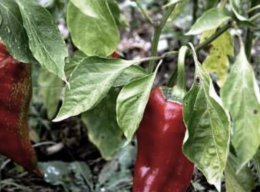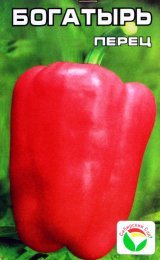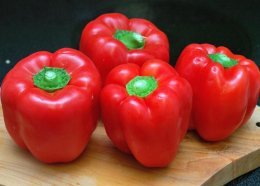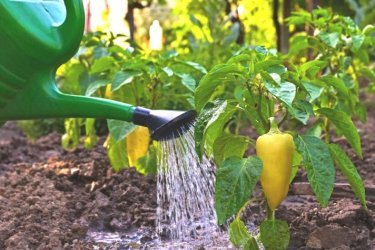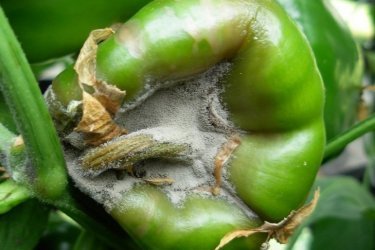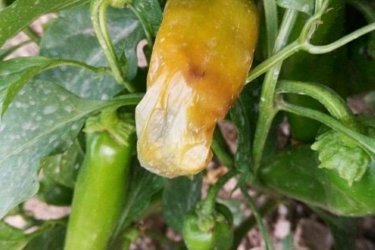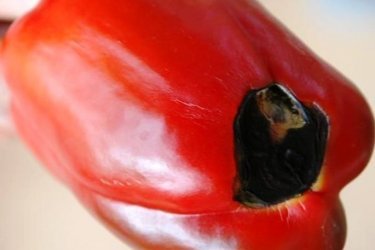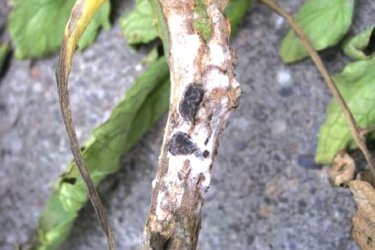Bogatyr - a variety of productive, disease-resistant pepper
Bogatyr
Bogatyr
ACETARIA piper
Mid-season

Experienced vegetable growers, when choosing sweet pepper seeds, often give preference to the rather old Bogatyr variety. Summer residents are attracted by the characteristics of this plant and are in no hurry to replace it with modern hybrids.
The variety was developed by Moldovan agronomists and then improved by Russian ones. Its originator is the Russian LLC AGROFIRMA POISK. Year of entry into the State Register - 1996.
The variety can be grown in greenhouses and open ground. The fruits can be classified as universal; they are processed and consumed fresh.
Description of the plant
Bogatyr pepper bushes are standard, spreading, well-leafed with large dark green leaves.The average height reaches 60 - 70 cm.
The ovaries are formed solitary. From the moment of germination to harvest, it takes from 115 to 130 days
Description of fruits
The fruits have a cone-shaped, slightly ribbed shape and are arranged droopingly. The average fruit weight is from 75 to 100g. When technically ripe, they are light green in color; when fully ripe, they become bright red and become glossy.
The aroma is pronounced, the taste is high, pungency and bitterness are not felt. The thickness of the pod walls is from 4.9 to 5.8 mm. The fruits contain from 3 to 6.7% sugars and from 5.8 to 8.3% dry matter.
The size of the fruits is most likely average, but they have the same shape, are even, and have excellent commercial qualities.
The fruits are well stored and withstand transportation well, so land owners willingly grow the variety for their own consumption and for sale at agricultural markets.
Pepper bears fruit consistently.
Advantages and disadvantages of the Bogatyr variety
Among the positive aspects we note:
- high productivity;
- the ability to survive and bear fruit during temperature changes and cold snaps;
- Resistance to some of the characteristic pepper diseases;
- beautiful standard fruit shape;
- good taste, which the product does not lose during heat treatment;
- ability to store for a long period and transport;
- versatility of the fruit.
There are disadvantages, there are few of them, they are typical for almost all varieties of pepper:
- the need for systematic watering in dry and hot weather;
- in the shaded area there is a decrease in yield.
Growing strong seedlings
In private farms, the variety is grown through seedlings. The seeds are calibrated and pickled in a 1% solution of potassium permanganate.To speed up germination, soak in a warm solution of a growth stimulator for a couple of hours, then wrap in a damp linen napkin and leave until sprouts appear.
The recommended time for sowing seeds for seedlings is February; the specific date should be calculated in accordance with the lunar sowing calendar. You can use store-bought soil intended for growing seedlings, but if you use a homemade substrate, then add sawdust, soil taken from the garden, peat and sand. The soil is immediately enriched with minerals.
To destroy pathogenic microorganisms, the soil is treated with a solution of potassium permanganate before sowing and then dried.
Seeds can be sown in boxes or cups; you should not deepen them more than 1 cm.
The condition for rapid germination is maintaining a temperature of +23 C +25 C. Light is not needed at this stage; to maintain humidity, the crops are covered with film or glass.
The film is removed after germination, the containers are transferred to a well-lit room. To prevent the seedlings from stretching, it is recommended to lower the temperature.
In case of insufficient lighting, illumination with phytolamps should be arranged to extend the daylight hours to 10 hours.
Seedlings need watering and fertilizing with complex fertilizers; fertilizing is carried out at intervals of 10 days.
Hardening off of seedlings begins two weeks before planting in the ground.
Let's watch a useful video about that. how to properly grow Bogatyr pepper seedlings:
Rules for planting in open ground
Plant seedlings in open ground after the threat of frost has passed, depending on the region this could be late May - early June.
The area will need to be well lit; it is possible to place the beds in partial shade, but deep shade will negatively affect the pepper yield and the quality of the pods.
The predecessors of pepper can be different varieties of cabbage, zucchini and pumpkin, beets and carrots, and legumes. It is highly undesirable to plant peppers after tomatoes, other nightshade crops, and the pepper itself.
Recommended pepper planting pattern: 0.4m x 0.4m.
Features of care
This variety does not have any special secrets for growing a good harvest; it is enough to use the standard recommendations of agricultural technology.
Caring for growing bushes requires:
- weeding and loosening after rains and watering;
- soil moisture;
- fertilizing, during the growing season, 3 or 4 will be required;
- mulching beds;
- preventive measures;
- therapeutic treatments against diseases and pests (if required).
For irrigation, use warm water in small quantities, but make sure that the soil does not dry out. As the bushes grow, the volume of water is increased, but watering is done less frequently.
It should be remembered that the Bogatyr pepper variety does not tolerate drying out of the soil during periods of extreme heat.
Used as fertilizer complex fertilizers enriched with minerals. If desired, you can use separate mono-fertilizers, but chlorine-containing ones should be avoided.
Pepper will benefit from:
- infusion of fresh bird droppings or manure;
- humus;
- infusion of ash or herbs;
- yeast solution.
Pests and diseases
Thanks to the efforts of breeders, the Bogatyr pepper variety has acquired stable immunity to the following common diseases:
- tobacco mosaic,
- late blight,
- verticillium.
However, plants can suffer quite severely from aphid attacks, white rot, gray rot and bacterial rot.
In any case, it is necessary to periodically inspect the plants and if symptoms of diseases or pest damage appear, it is advisable to take urgent measures: treating the leaves and stems of the plant with insecticides. If the damage is minor, you can use folk remedies, spray the plant with a solution of laundry soap or an infusion of red hot pepper.
Harvesting and storage
The fruits of Bogatyr pepper begin to ripen at the end of July. Fruiting of the plant continues until frost. The harvest begins in a state of technical ripeness, when the peppers have already gained sufficient dimensions, but will remain green. You can get tasty red pods after they are fully ripened on the bushes; during this period the fruits become bright red.
The harvest can be stored for 1.5 - 2, or even three months. For storage, select pods that have not reached full maturity and do not have any defects or signs of disease. They are carefully wiped with a damp towel, dried, and placed in wooden boxes.
The ideal temperature for storage is within +2 +3 C, humidity is within 90%. You can find recommendations for storing peppers when each fruit is wrapped in thick paper and placed in a box. This option promises a longer storage period, up to 5 months.
Use in cooking
The fruits of the Bogatyr variety pepper can be used to prepare:
- first and second courses;
- ketchups, dressings, lecho, adjika;
- salads, raw;
- salads canned for the winter.
Peppers can be frozen, whole or in pieces, pickled and salted, and dried.
Bogatyr is a pepper variety that has deservedly been popular among summer residents for a quarter of a century. The variety produces stable yields, and even a novice vegetable grower can master the rules of caring for it.
Let's watch another interesting video about the Bogatyr variety:
Pests




